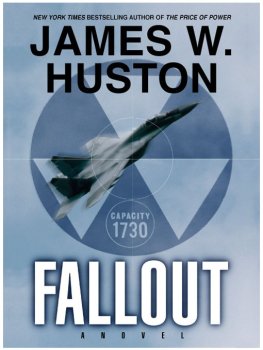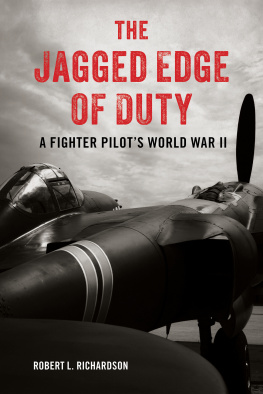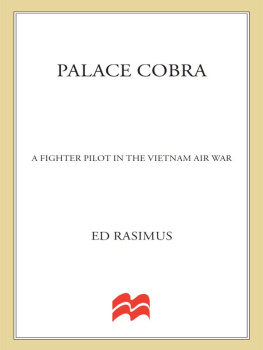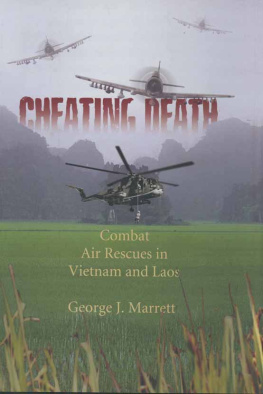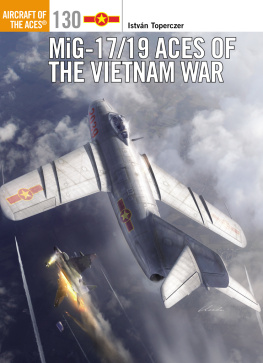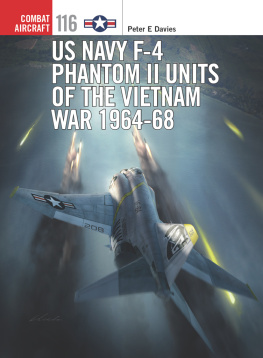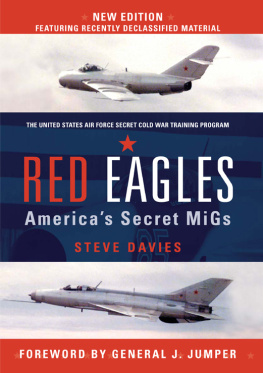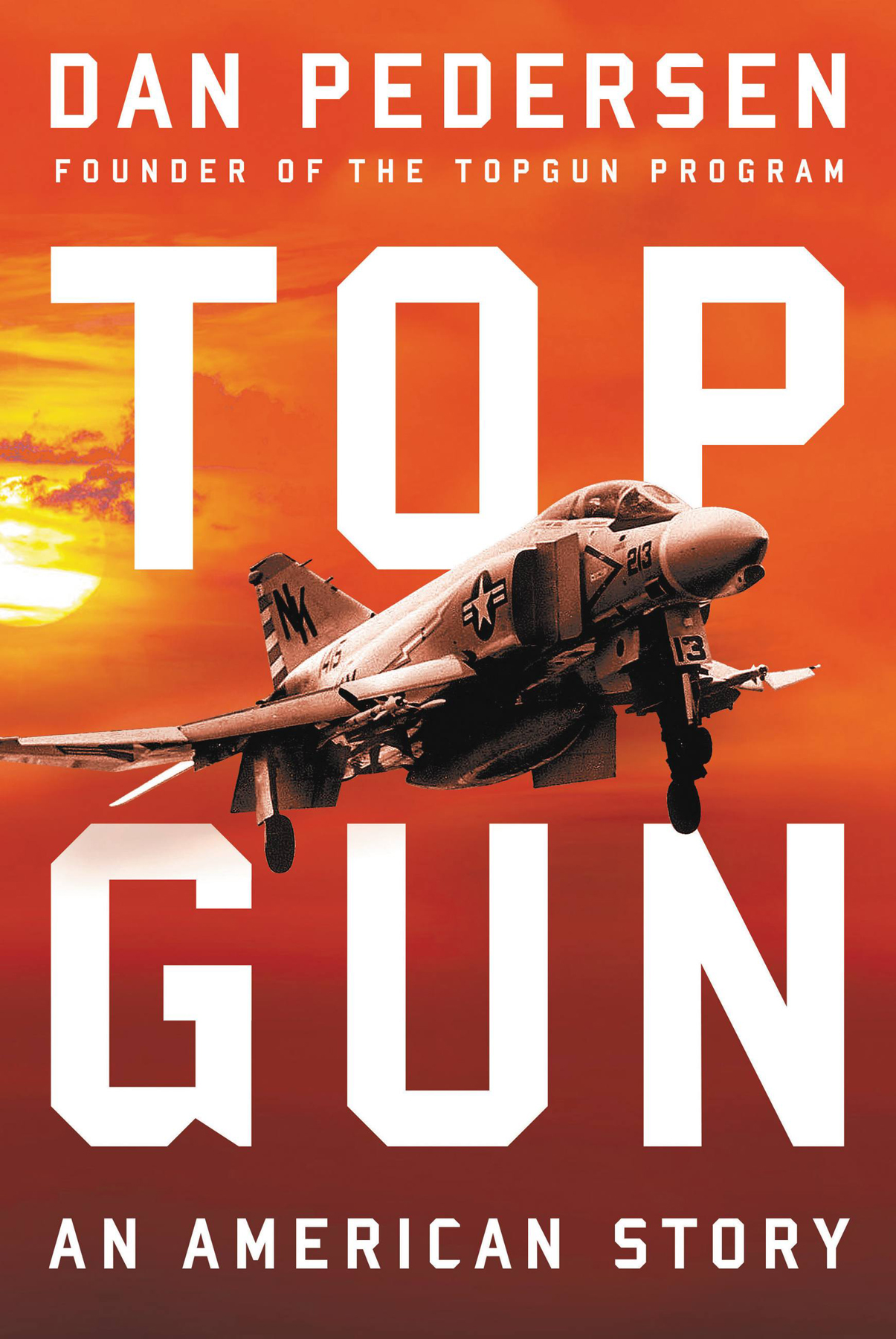Cover copyright 2019 by Hachette Book Group, Inc.
Hachette Book Group supports the right to free expression and the value of copyright. The purpose of copyright is to encourage writers and artists to produce the creative works that enrich our culture.
The scanning, uploading, and distribution of this book without permission is a theft of the authors intellectual property. If you would like permission to use material from the book (other than for review purposes), please contact permissions@hbgusa.com. Thank you for your support of the authors rights.
The photo credits constitute an extension of this copyright page.
Hachette Books is a division of Hachette Book Group, Inc. The Hachette Books name and logo are trademarks of Hachette Book Group, Inc.
The publisher is not responsible for websites (or their content) that are not owned by the publisher.
The Hachette Speakers Bureau provides a wide range of authors for speaking events. To find out more, go to www.hachettespeakersbureau.com or call (866) 376-6591.
We who served at the Navy Fighter Weapons School are bound together as brothers. It is a fifty-year-old culture of excellence, and an extraordinary aviation legacy. The pilots call it Topgun. Where did it come from? How did I get to be a part of it? How did they?
Our journey is brilliantly portrayed in this book, seen through the eyes of the man whose innovative leadership was based on the enduring principles of our tradition. Dan Pedersen risked his career to accomplish a seemingly impossible task. His success has endured for more than fifty years now.
I first met Yank in 1968, when I was assigned as an instructor in Fighter Squadron 121 (VF-121) at Naval Air Station Miramar, California, also known as Fightertown USA. Our job was to transition pilots and naval flight officers into a new fighter aircraft, the F-4 Phantom. Over the course of six months we trained them to fly the Phantom day or night, in any weather, anywhere in the world, from the pitching decks of aircraft carriers.
As a twenty-four-year-old lieutenant with two combat tours to Vietnam, I was in awe of the Navys fighter community, and the people with whom I served. Dan cut an imposing figure at six feet three inches, with penetrating hazel eyes and a John Wayne swagger that exuded self-confidence, with the ability and experience upon which reputations are built within our tight-knit community. He was the Hollywood image of a fighter pilot, seldom appearing without his Ray-Ban sunglasses.
As the head of the tactics phase of VF-121s curriculum, Dan was disciplined, focused, and demanding of himself and others. He established high standards of performance, constantly reinforcing the mantra that In combat second best is dead last. Yet he also possessed a good sense of humor, insisted upon leading by personal example, and seldom phrased anything as a question. One exception: Sometimes he would stride up to a student and ask, Hey there, tiger. Are you ready for this hop? When Dan was named to start the new fighter aviation schoolhouse, we all knew it was in good hands. General George Patton said it best: Wars are fought with weapons, but they are won by men. Even in todays environment of geopolitical complexity and the sophistication of the fifth-generation jets and weapon systems, it is still the man in the machine who will bring victory. That human resource is the work product of Topgun.
Topguns mission was to challenge the status quo. To do that, Dan selected eight young, very junior officers with unique experience, ability, and passion. His vision and leadership gave us direction. His words gave us inspiration: There is an urgency here beyond anything we have ever done. We were using Yankee ingenuity, hard work, combat experience, and imagination to fix a problem. Too many of our brothers were dying over Vietnam, and we could make a difference.
Topgun became a culture of excellence that over the past five decades has consistently produced the Navys most accomplished, innovative, and adaptive warriors as well as the most compassionate and inspirational leaders. The course has expanded from four weeks to twelve and a half. The school is responsible for providing training in air combat maneuvering and weapon systems deployment for Navy and Marine Corps squadrons, advanced predeployment training for fleet units, and the development of new tactics to confront emerging threats. Its founding principles have been carefully guarded and preserved. The extraordinary qualities of leadership demonstrated by each generation have ensured its survival in the face of resource constraints, professional envy, and PC careerists.
When I have the opportunity to meet the young instructors today, I recognize that while we are from different eras with different equipment, the mission remains unchanged: to control the skies over the battlefield and do whatever is necessary to support our forces on the ground or at sea and ensure their survival.
As I reflect on the humble beginnings of this storied institution, I am struck by several facts. None of us among the original nine officers who established Topgun imagined that we would be a part of an aviation legacy that would span five decades, change the course of tactical aviation in the United States and around the world, and influence aircraft and weapon systems design and pilot training.
The current sophistication and capability of the Navys aircraft and weapons is beyond anything the original nine could have imagined at the time. Today, the complexity of the battlefield and volume of information available to the pilot are nearly overwhelming. What has not changed are the human elements that make Topgun relevant. The school is still run by junior officers. Then, as now, the focus was upon finding individuals who possessed the following traits:
A passion for the mission, necessary to sustain the individual in an extreme environment.
Leadership by personal examplea compassionate, inspirational person willing to take responsibility.
Extraordinary airmanship required to operate in so unforgiving an environment.
Humility derived from a sense of being part of something much greater than oneself.
Subject matter expertise that is beyond reproach.
A work ethic that will drive that person to do whatever it takes for however long it takes to ensure success.
Personal discipline to endure the rigorous training and attention to detail required to constantly perform at an optimum level.
Integrity, adaptability, innovation, and a willingness to challenge the status quo.
Credibility established through demonstrated performance sustained over time.
All of this is refined in the furnace of uncompromising peer review. The extreme selection process and the rigorous training ensure that Topguns culture of excellence and its legacy will endure.
As I meet the young officers serving on the staff today, it is strongly affirming to see that our legacy and the future of this nation are in such good hands. The brotherhood of Topgun today remains strong.


